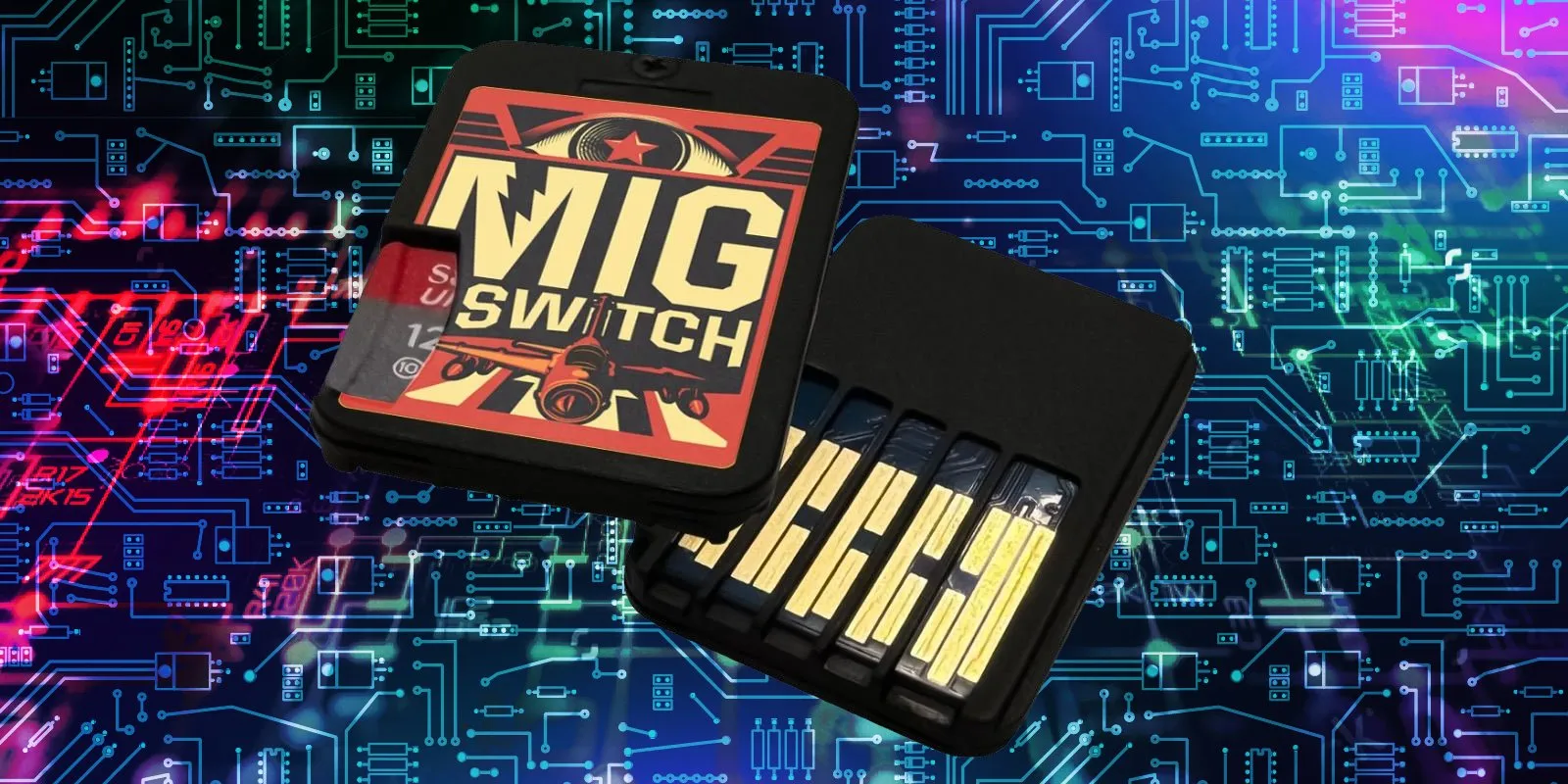In the world of hardware programming and embedded systems, tools like the MIG switch play a crucial role in accessing, modifying, or debugging low-level firmware and memory components. Whether you're a seasoned developer, a reverse engineering enthusiast, or someone working with dumper utilities, understanding what the MIG switch is and how it operates can be incredibly valuable.
In this article, we’ll explore the MIG switch, dive into its connection with MIG switch dumpers, explain how to use a MIG switch, and highlight its practical applications.
What Is a MIG Switch?
The term MIG switch refers to a hardware component or tool used in debugging and memory interfacing processes, typically related to eMMC, UFS, or SPI flash chips. “MIG” often stands for Memory Interface Gateway or is associated with memory interface gear/tools that help dump or read data from non-volatile memory.
A MIG switch is not a mainstream consumer gadget but a specialized tool primarily used in:
-
Mobile phone repair and forensics
-
Firmware development and reverse engineering
-
Memory data dumping and analysis
The mig switch dumper is typically the tool used in conjunction with the switch to extract the raw memory from a device for further analysis or backup.

MIG Switch Dumper: What It Does
The MIG switch dumper is an essential part of the process that interacts with flash storage on devices to read and dump the contents of memory. These dumpers work by routing signals from the memory chip (such as eMMC or NAND) through the MIG switch into a tool that can capture and save the memory contents.
This is crucial for:
-
Data recovery in bricked or corrupted devices
-
Forensic analysis during security investigations
-
Flashing custom firmware or cloning data from one device to another
How to Use MIG Switch: A Step-by-Step Overview
Step 1: Connect the MIG Switch
Begin by physically connecting the MIG switch to the target device. This usually involves soldering or connecting test points on the device’s motherboard, particularly on the memory chip.
Step 2: Configure the Dumper
Connect the MIG switch to the MIG dumper tool, which could be a device like Easy JTAG, UFI box, or other NAND/eMMC programmers. Use the software interface that comes with your dumper to configure the correct memory type and voltage levels.
Step 3: Power the Device Safely
It’s important to power the memory independently from the rest of the system in some cases. Many dumpers and MIG switches offer voltage control to ensure no damage is done to the hardware.
Step 4: Dump the Memory
Once everything is set up, initiate the memory dump using your dumper software. Depending on the size of the memory and the connection quality, this process can take anywhere from a few minutes to over an hour.
Step 5: Analyze or Modify the Data
Once the dump is complete, you can use tools like Hex editors, JTAG debuggers, or forensic software to analyze or modify the dumped data.

Applications of MIG Switch in Real-World Scenarios
1. Mobile Phone Recovery and Unlocking
One of the most popular uses for a MIG switch dumper is in recovering data or firmware from mobile phones. Technicians and forensic analysts use these tools to bypass bootloaders or recover lost firmware.
2. Embedded Device Debugging
Developers working with IoT devices, smart TVs, or routers often use MIG switches to interface directly with storage, helping them debug bootloaders or patch firmware bugs.
3. Forensic Investigations
Digital forensic experts rely on MIG switches to extract data from compromised or encrypted devices for analysis. This allows them to gather evidence while maintaining the integrity of the original data.
Advantages of Using a MIG Switch
-
Direct hardware access: Unlike software-based tools, MIG switches give you physical-level access to memory.
-
High compatibility: Works across various memory interfaces including eMMC, UFS, and SPI NAND.
-
Essential for advanced recovery: In cases where devices don’t boot or are password-locked, MIG switches can be the only solution.
-
Open to reverse engineering: Perfect for researchers wanting to reverse-engineer proprietary systems.
Limitations and Considerations
-
Technical expertise required: MIG switches are not plug-and-play tools; they require hardware soldering skills and technical knowledge.
-
Not officially supported: Many uses, especially for reverse engineering, are not endorsed by device manufacturers.
-
Potential legal implications: Always ensure that your use complies with local data privacy and security laws.
The MIG switch is a powerful and specialized tool for developers, forensics experts, and tech professionals working with embedded systems and flash memory. From data recovery to reverse engineering, its uses are as complex as they are critical.
While it may not be a household name in tech circles, anyone looking to dump memory, debug hardware, or recover lost firmware should consider learning how to use MIG switch tools effectively. As technology continues to embed itself deeper into our lives, tools like the MIG switch will only grow in relevance and demand.




-1705030431.jpg)
